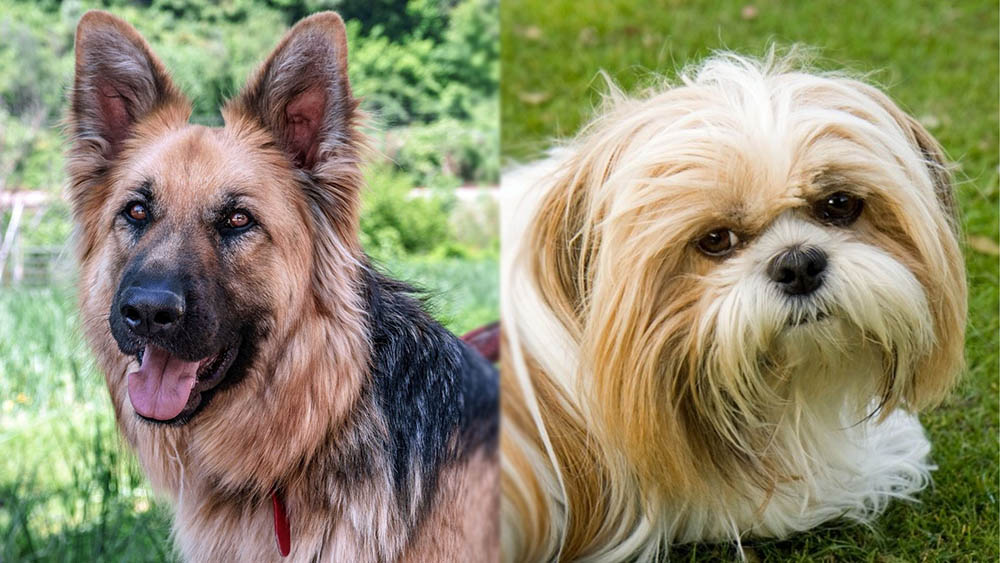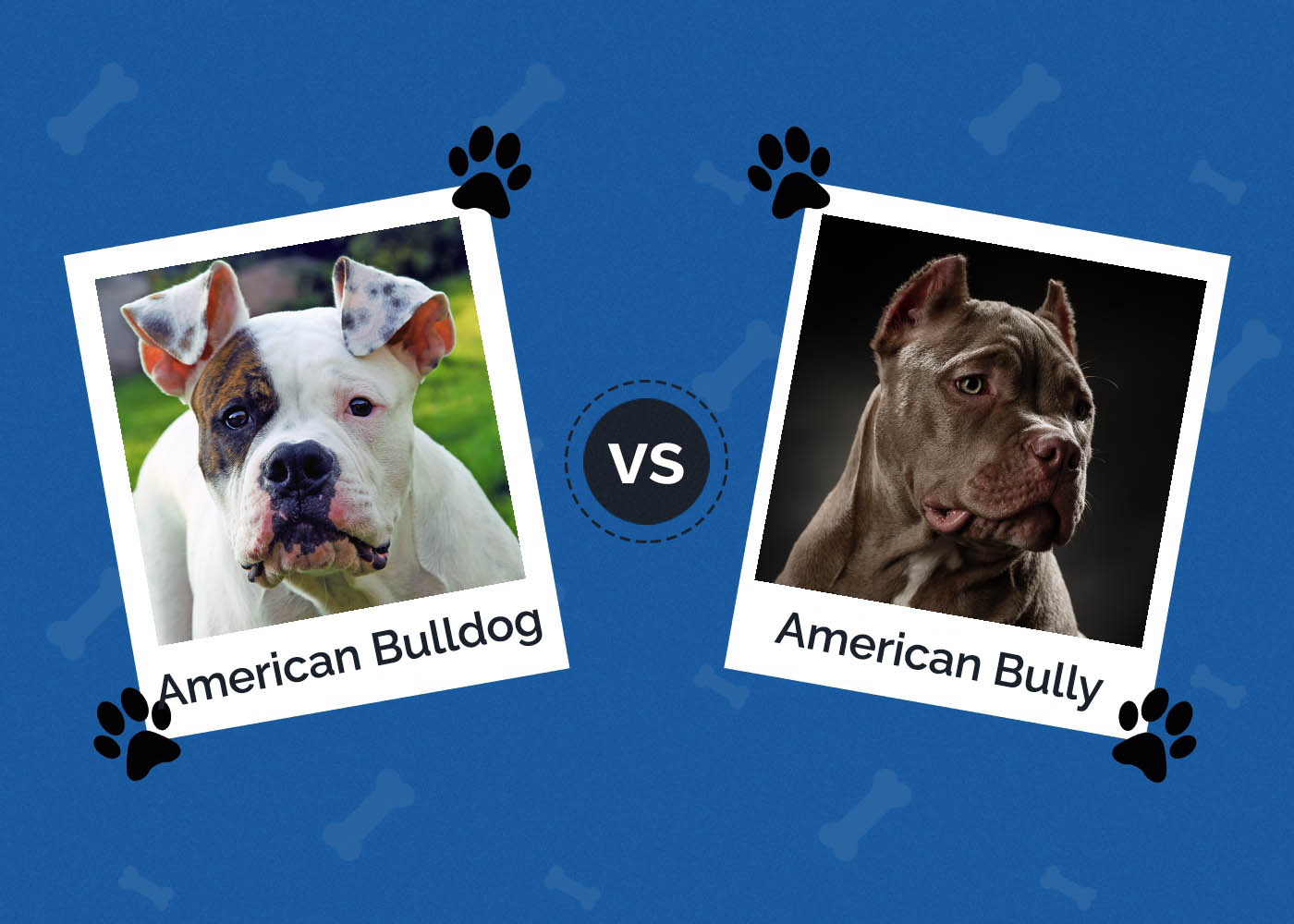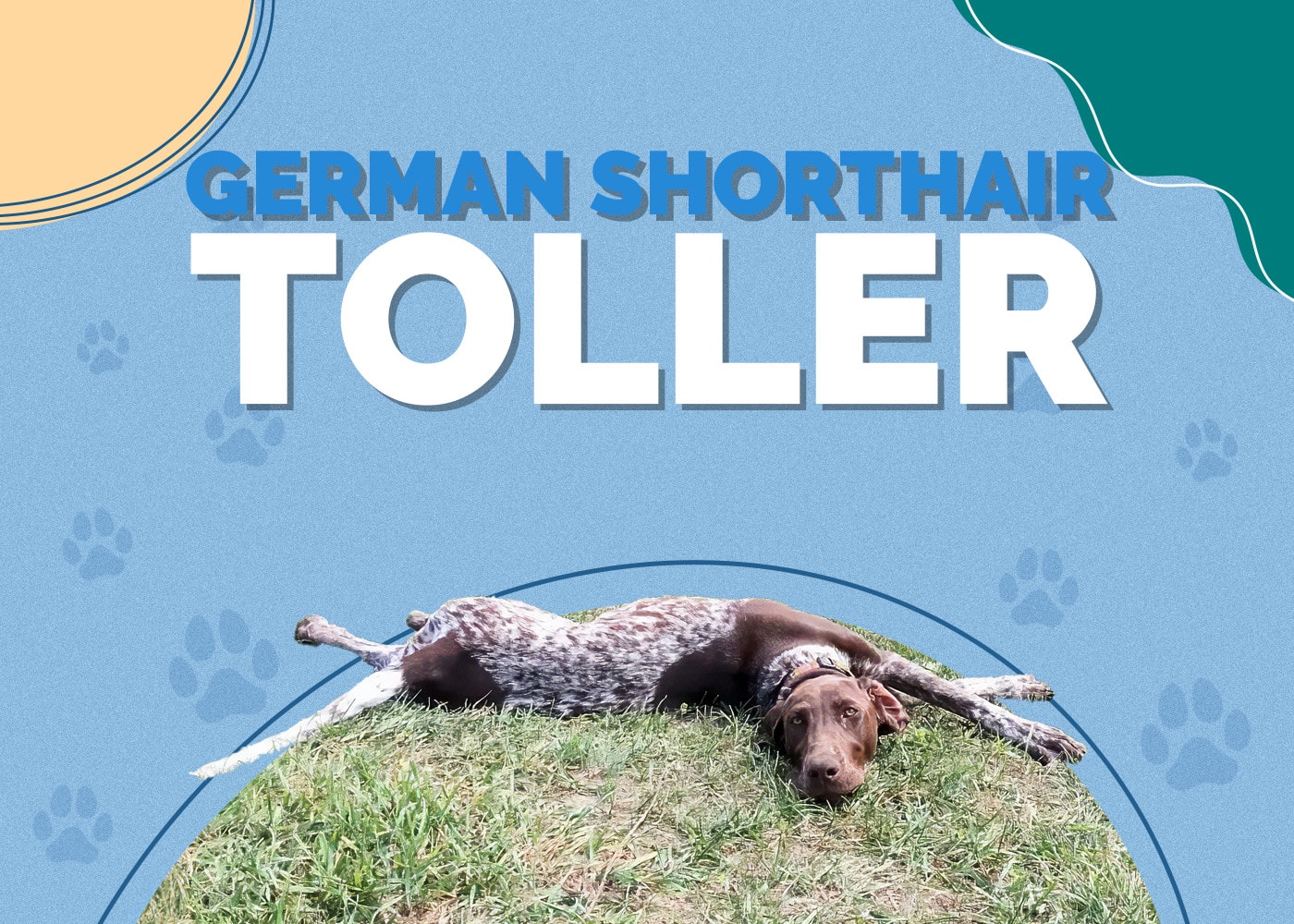Kangal Dog Breed: Info, Pictures, Characteristics & Facts

Updated on
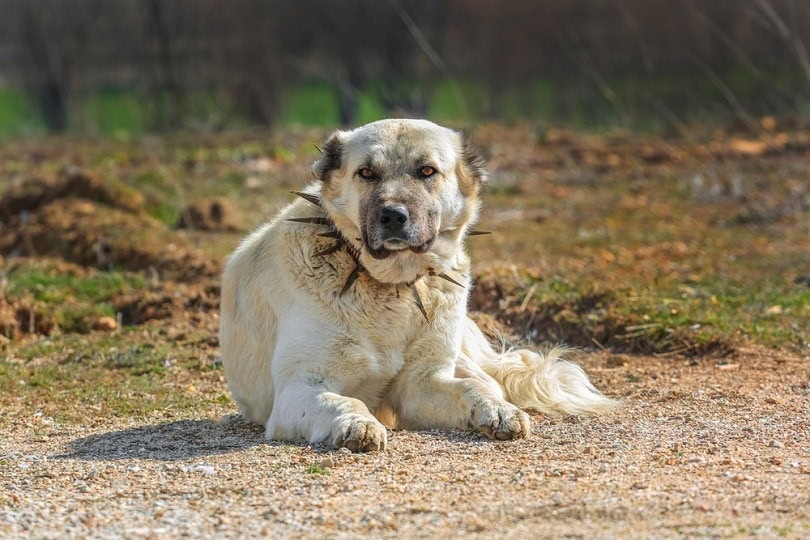
Height:
28–32 inches
Weight:
90–145 pounds
Lifespan:
8–10 years
Colors:
Tan or gray with black ears and muzzle
Suitable for:
Individuals or families with older children looking for a loyal watchdog
Temperament:
Loyal, alert, protective, intelligent
When a Kangal enters a room, you know it. His confident gait embodies strength and athleticism. This ancient breed hails from Turkey where his job was—and still is—to guard the flocks. He is not a herding dog, per se. His role is to fend off predators like wolves that may prey after the livestock. He’s not a hunter but prefers to use intimidation as his weapon.
It’s said that his coat is so dense that a wolf couldn’t penetrate it. That’s one tough canine! If you think the Kangal resembles a Mastiff, you’d be right. The two breeds share a common ancestry. This pup is the more agile of the two with a leaner body, albeit still a massive dog. He is quite popular in his native land, but not as known in the United States.
The American Kennel Club (AKC) does not recognize this breed. However, the United Kennel Club (UKC) and Great Britain’s The Kennel Club do. He is also on the roster with the Federation Cynologique Internationale (FCI). The classification of this pup is somewhat controversial in some organizations because of his similarity to the Anatolian Shepherd Dog.
Kangal Puppies
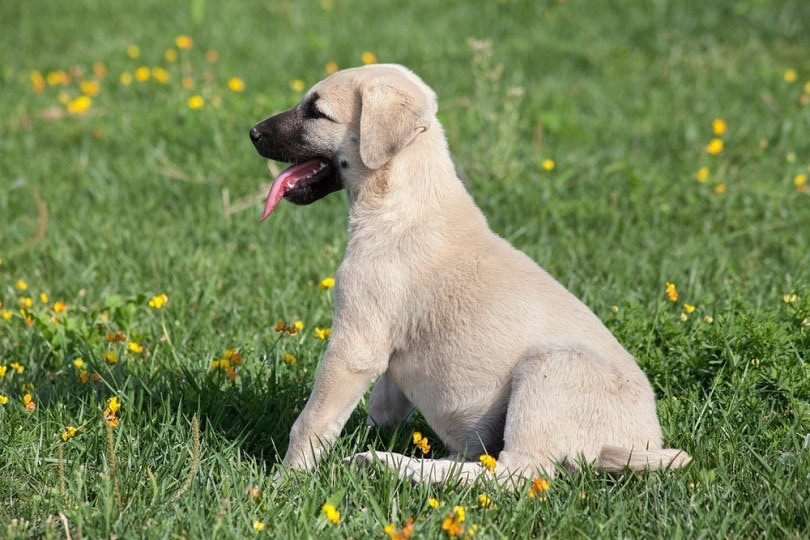
It’s wisest to research a breed thoroughly before you commit to getting a Kangal puppy, especially with a dog that isn’t well-known in the United States. Size, of course, is the biggest consideration. You must be able to handle a pup this large for everyday things like walking. Early and consistent training is imperative to make sure he grows up to be an obedient pet.
The Kangal is somewhat reserved. That’s due in part because of his background. He lived a nomadic lifestyle with little contact with other people and pets. That makes socialization also critical. The other thing to bear in mind is his job. He brings that same protective nature to your household as he did with the herds. He may become territorial as a result.
On the positive side, the Kangal is a loyal pup that is affectionate with his family. He is also a healthy pooch with few major issues. He has a moderately high prey drive with a strong wanderlust potential. This dog will do best in a home with a fenced-in yard. He is relatively energetic and will need daily exercise along with mental stimulation to keep him happy.
3 Little-Known Facts About the Kangal
1. People sometimes mistake the Kangal for the AKC-recognized Anatolian Shepherd.
Some people may think that the Kangal and Anatolian Shepherd are the same breed because of their similar markings. The former is the more ancient of the two. The latter often has a thicker coat with a narrower muzzle and head.
2. The Kangal Is the national dog of Turkey.
The Kangal is so beloved in his native country that the people made him their national dog as their first indigenous breed. There’s even an annual festival celebrating this pup.
3. Color is an excellent way to identify a purebred Kangal.
The UKC breed standard is particular about the accepted colors of the Kangal. Tan to gray are the only permitted variations. A liver, black, or all white dog is a red flag that the pup is not a purebred.
Temperament & Intelligence of the Kangal 🧠
The Kangal shares many traits with the Spitz. He is confident yet reserved. He is calm yet protective. This pup isn’t overly playful, but he will look forward to his daily walk in the neighborhood. This pooch is also intelligent, which comes from doing the kind of work he has done. Therefore, he needs mental stimulation to prevent boredom and the development of bad habits like digging.
This breed’s independent lifestyle means that the Kangal may show a stubborn streak, especially when he’s young. That makes training crucial to encourage good canine manners. Early socialization will also help him accept visitors to your home better. We don’t recommend the Kangal for the first-time pet owner because of his size and temperament.
Are These Dogs Good for Families? 🏡
The loyalty and affectionate nature of the Kangal make him an excellent choice for the family pet. He will protect the home and the people with whom he shares it. While he is kid-friendly, he may become territorial with his food or toys. Therefore, we suggest that parent teach their children to respect the pup’s space and his things.
Does This Breed Get Along with Other Pets? 🐶 😽
The Kangal will fare best in a home where he is the top—and only—dog. That comes from his history but also his size factors into the equation once again. Smaller pups are at a keen disadvantage with this one. The same precaution applies to other pets like cats. Instinct will drive him to attack anything that he may perceive as a threat to the family or property.
Things to Know When Owning a Kangal
By now, you probably have a good idea about the personality of the Kangal. He is a gentle giant but has the strength and power to back up any confrontations. It’s essential to understand that this pup isn’t a vicious dog, nor is he timid. Both are faults, according to the UKC breed standard. Instead, he is a fearless pooch that is alert to what’s going on at his home. That makes him an excellent watchdog.
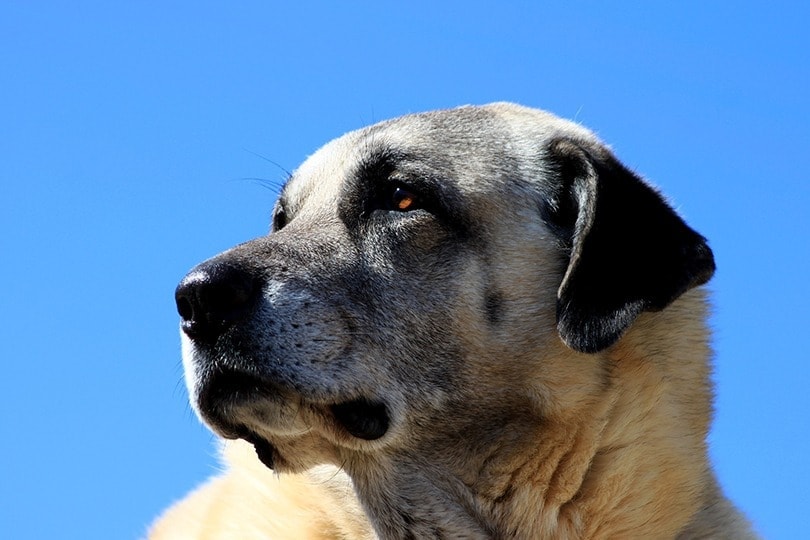
Food & Diet Requirements 🦴
You can easily expect to pay $100 a month or more just for food with an adult Kangal. Like other giant dog breeds, he matures slowly and won’t finish growing up until 16 months. The most important consideration with choosing a dog food is that it’s formulated for a pup of his size. These products are less energy-dense than ones meant for smaller breeds.
We suggest feeding him three or four times a day with equal-sized meals as a puppy. Monitor his body condition to make sure he doesn’t become overweight. You can adjust his intake accordingly. Cut back to two times a day when he becomes an adult. While this breed isn’t prone to bloat, it’s still a smart idea to break up his food allowance to discourage him from gorging.
Exercise 🐕
The Kangal has a moderate energy level. To keep him trim and mentally stimulated, we recommend frequent walks. You may find it helpful to mix things up once in a while by taking him to new areas to explore. Two hours of activity a day are more than sufficient to keep him healthy. Because of his temperament and size, it’s probably not a good idea to take him to the doggie park.
Training 🦮
Early training is a must-do with the Kangal. It will help him become a well-behaved pet that you can manage better. It’s also an excellent way to build trust, which is a vital consideration for a dog of his kind. Positive reinforcement is the best approach. Treats as training aids won’t hurt, either. Consistency is key with a canine of his intelligence.
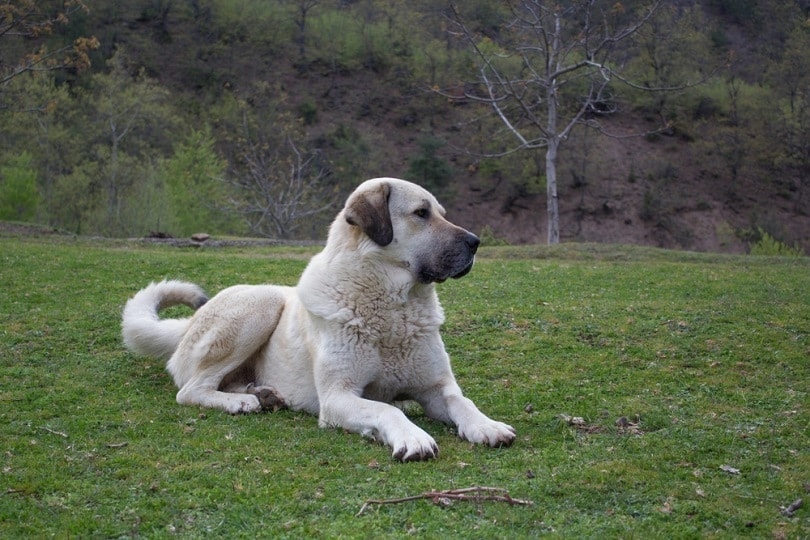
Grooming ✂️
The Kangal has a dense coat with a thick undercoat. This pup grew up spending time outdoors year-round, which encouraged this condition. Even though his fur isn’t that long, he will shed throughout the year with seasonal spikes. Plan on brushing him at least a couple times a week to keep him looking his best. It’s also an excellent time to check his ears for signs of infection.
Health and Conditions ❤️
The benefit of being a breed that isn’t that common is the propensity for genetic conditions is low. The Kangal is no exception. He is a healthy dog with few glaring medical concerns. Screenings for joint and skeletal conditions are a wise precaution with any canine of his size. His sensitivity to anesthesia is worth mentioning. You should discuss the available options before any surgery requiring it.
- Entropion
- Anesthesia sensitivity
- Ear infections
- Hip dysplasia
- Elbow dysplasia
Male vs Female
The difference between male and female Kangals is evident in the size disparity between the sexes. An extra 20–40 pounds will make a significant impact to the owner at the end of the leash. If you don’t want to breed your pup, discuss the benefits and risks of spaying or neutering your dog with your vet. Some pups gain weight with the change in metabolism.
You have to balance the additional health concerns that altering your dog’s reproductive capacity carries. You also have to consider the Kangal’s sensitivity to anesthesia that we discussed earlier. All of these factors play a role in opting for surgery or keeping your pup intact.
 Final Thoughts
Final Thoughts
The Kangal is a handsome pup that is worthy of his status as the national dog of Turkey. He is a proud yet reserved animal with the brawn fitting for his role as a flock guardian. He’ll bring that same loyalty and protectiveness to you and your family. This breed stands out for his healthy condition. He’ll make an excellent addition to your home with an owner who can understand him and earn his trust.
Related Reads:
Featured Image Credit: HSBortecin, Shutterstock


